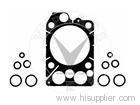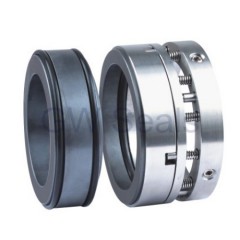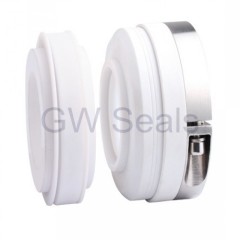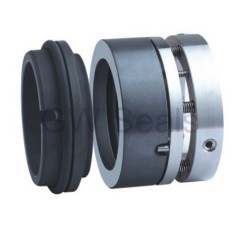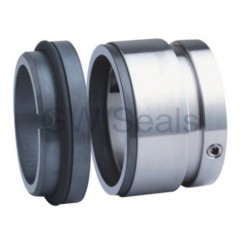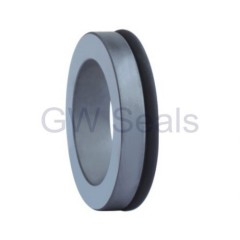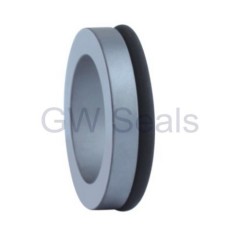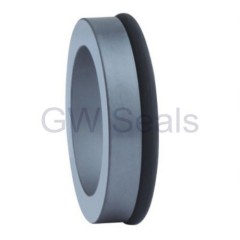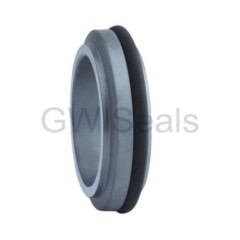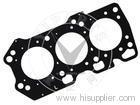|
K.G. (HK) Co., Ltd.
|
Cylinder head gasket
| Place of Origin: | Zhejiang, China (Mainland) |
|
|
|
| Add to My Favorites | |
| HiSupplier Escrow |
Product Detail
Cylinder head gasket
A head gasket is a gasket that sits between the engine block and cylinder head in an internal combustion engine. Its purpose is to seal the cylinders to ensure maximum compression and avoid leakage of coolant or engine oil into the cylinders; as such, it is the most critical sealing application in any engine, and, as part of the combustion chamber, it shares the same strength requirements as other combustion chamber components.[1]
- MLS - stands for "Multiple Layers Steel,". Most modern head engines are produced with MLS gaskets. These typically consist of three layers of steel. The contact faces are usually coated with a rubber-like coating such as Viton that adheres to the cylinder block and cylinder head while the thicker center layer is left bare.
- Solid copper - A solid sheet of copper, and typically requires special machining called 'o-ringing' that places a piece of wire around the circumference of the cylinder to bite into the copper. When this is performed copper gaskets are extremely durable. Recently companies have started producing copper gaskets with integral sealing wires permitting their retrofit into engines without the removal of the engine block for machine work.
- Composite -- an older technology. Typically these are made from asbestos or graphite but are more prone to blowouts than newer gaskets. Asbestos gaskets are becoming increasingly rare due to health concerns.[2]
- Elastomeric - a gasket type used by Rover on their K Series engines. It utilised a steel core plate with molded in place silicon rubber beads to seal oil and coolant passages. The bores were sealed by rolled steel fire rings in a more conventional manner. The idea behind the gasket design was to produce a production version of the technology used in F1 engines at the time. The original application of the gasket on the smaller versions of the K Series was very successful. However, an engine redesign resulted in persistent problems with the design - the joint interface became unstable and the gasket could not cope.
Related Search
Gasket Cylinder Head
Engine Cylinder Head Gasket
Engine Head Gasket Cylinder
Auto Cylinder Head Gasket
Nissan Cylinder Head Gasket
Head Cylinder Gasket
More>>

